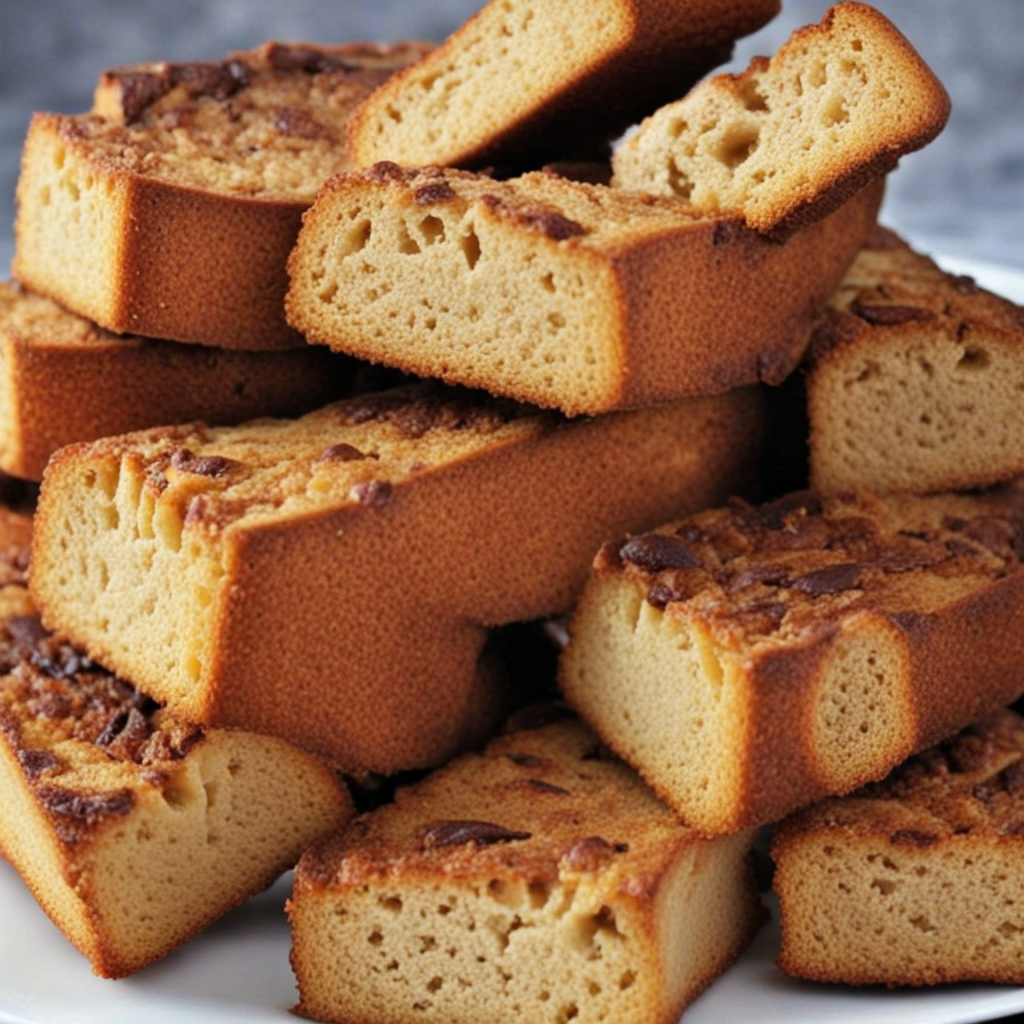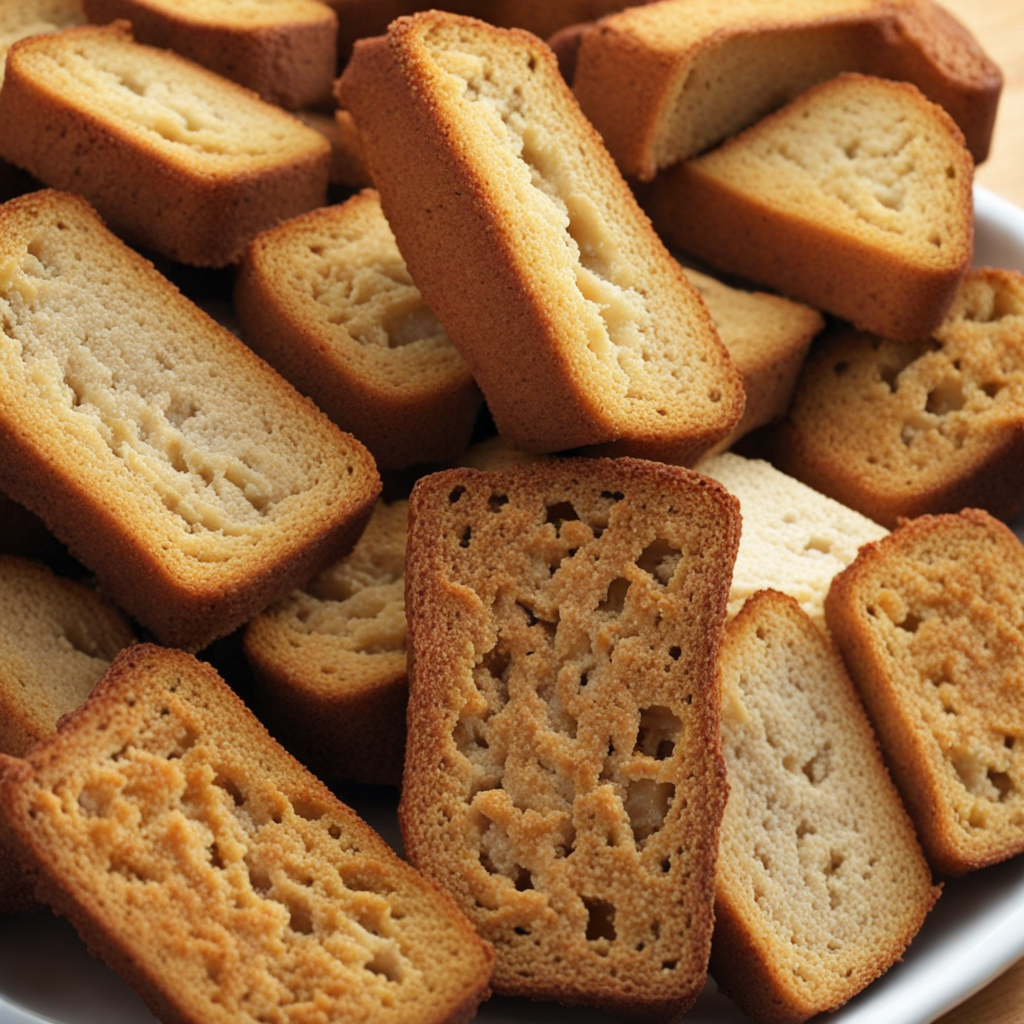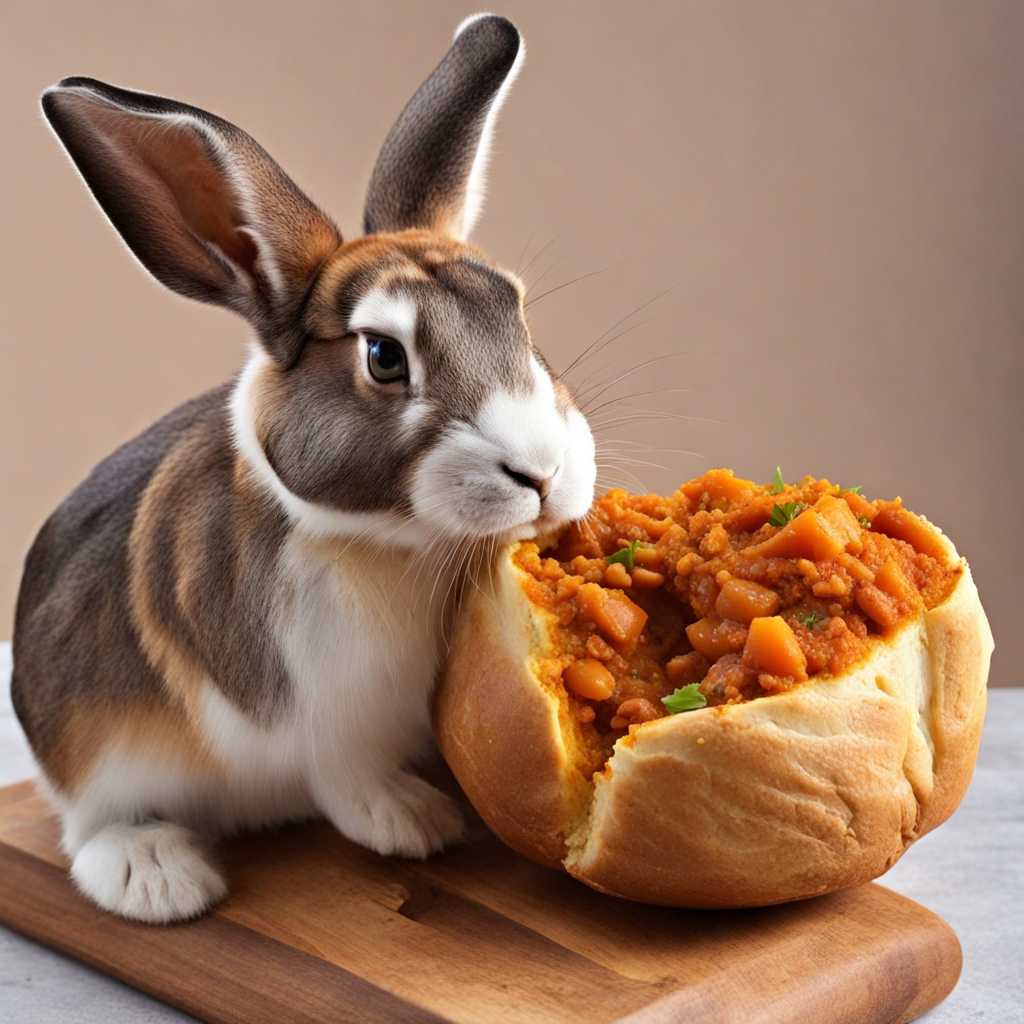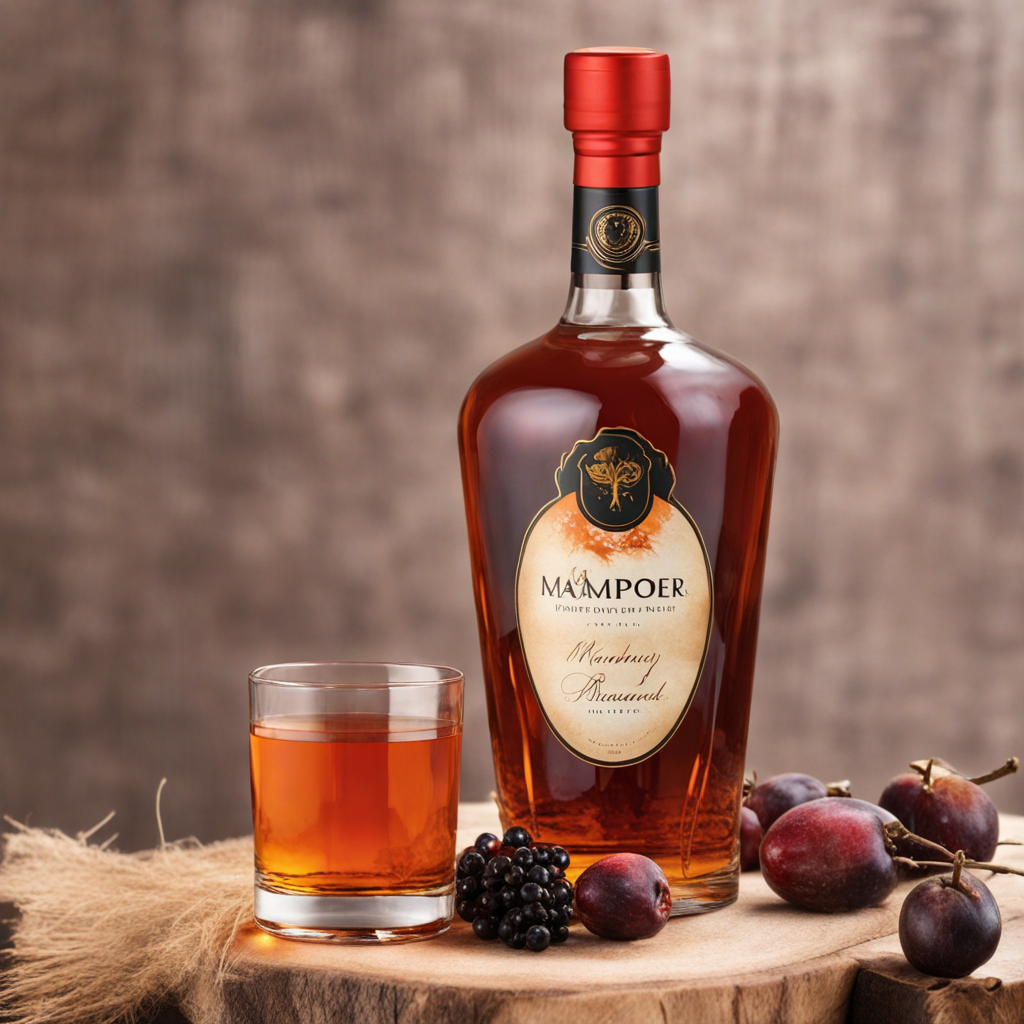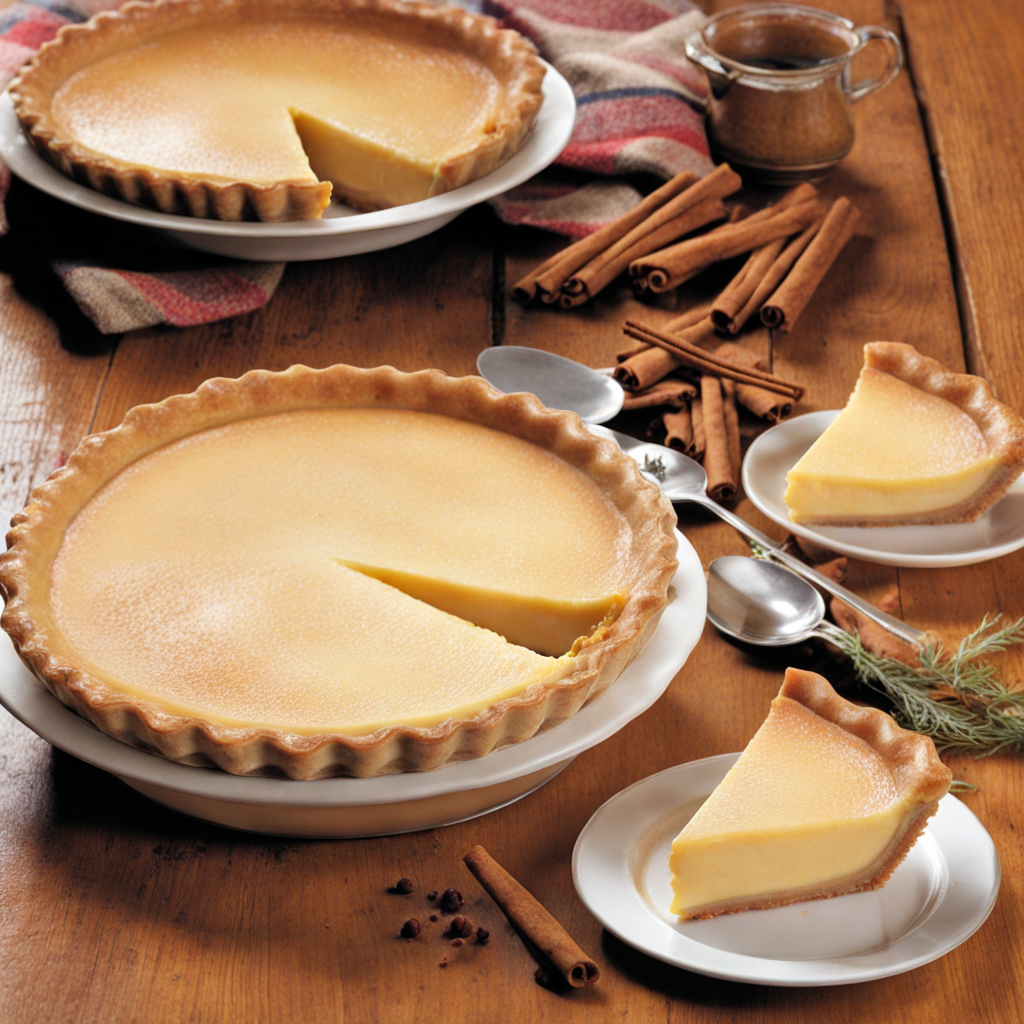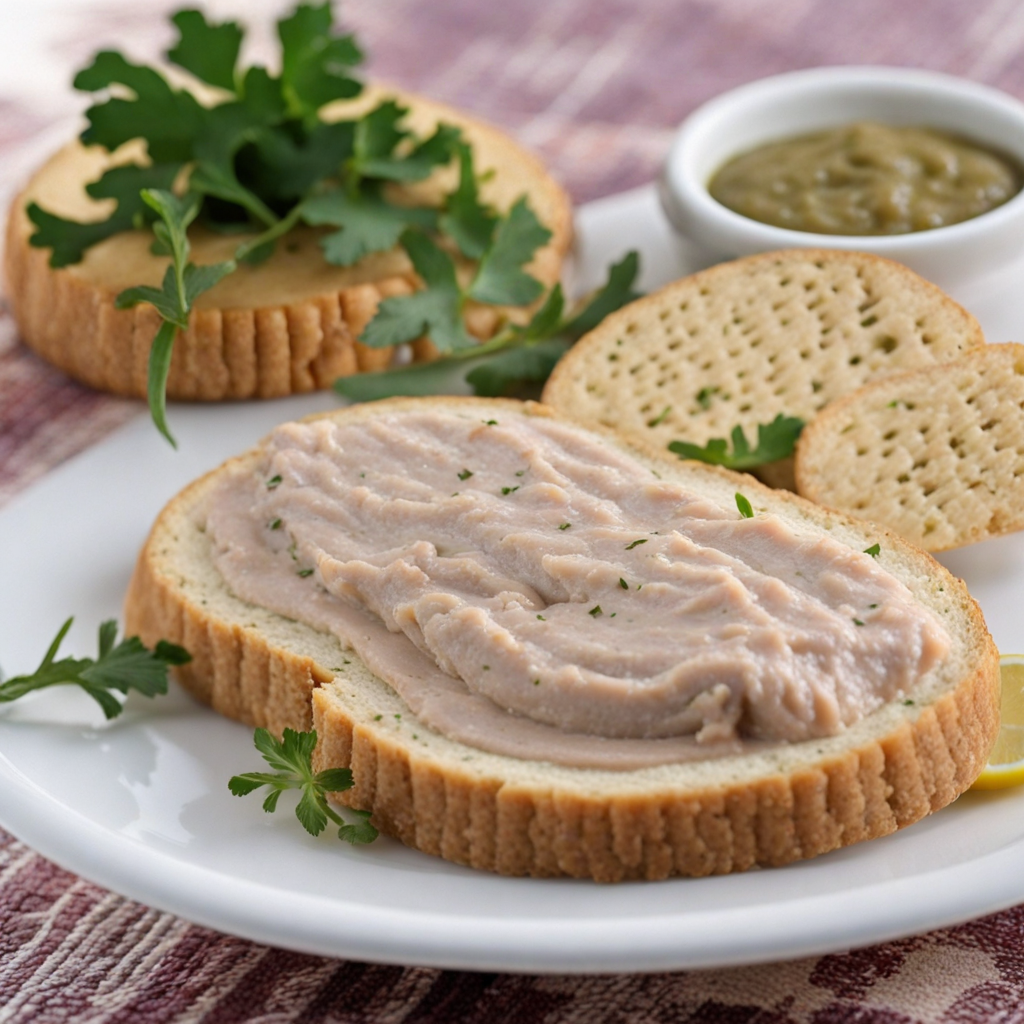Rusks
Rusks are a delightful South African snack that has captured the hearts of many with their unique texture and rich flavors. These twice-baked biscuits are typically made from a mixture of flour, baking powder, sugar, and buttermilk, although variations using whole grains, nuts, or dried fruits are quite popular. The result is a crunchy, dry treat that can be enjoyed on its own or paired with beverages like coffee, tea, or even a glass of milk. The process of double-baking not only ensures their long shelf life but also gives them a satisfying crunch that makes them perfect for dipping. One of the most exciting aspects of rusks is their versatility. Traditional South African rusks are often flavored with aniseed or lemon, adding a fragrant twist to the classic recipe. However, contemporary variations can include ingredients like oats, seeds, and chocolate, catering to a wide range of palates. Whether you prefer the sweet or savory versions, rusks can be served for breakfast, as a snack, or even as a dessert, making them a staple in many South African households. The experience of enjoying rusks is as much about the ritual as it is about the taste. Dipping rusks into a hot beverage softens their crunchy texture, creating a delightful contrast that enhances their flavors. The moment you take a bite, you’ll find a satisfying crunch that quickly gives way to a tender, crumbly interior that melts in your mouth. With their rich history and comforting nature, rusks are more than just a snack; they embody the warmth and hospitality of South African culture.
How It Became This Dish
The Story of South African Rusks: A Cultural and Culinary Journey Origins of Rusks Rusks, known as "beskuit" in Afrikaans, are a traditional South African food with a rich history that dates back to the time of early European settlers in the Cape Colony during the 17th century. The word "rusk" itself has Dutch roots, derived from "beschuit," which means a twice-baked bread. The practice of baking bread twice to create a dry, hard biscuit was common in various cultures, particularly in Europe, as it allowed for longer shelf life—a necessity during long sea voyages and in times of scarcity. As the Dutch East India Company established its colony at the Cape of Good Hope, settlers (known as the Cape Dutch) brought with them their culinary traditions, including the making of rusks. These early settlers faced the challenges of a new land, and the ability to preserve food was critical. Rusks, being durable and compact, became an ideal staple for these pioneers, who often traversed vast distances on foot and depended on non-perishable food items. Cultural Significance Over time, rusks transcended their role as mere survival food to become an integral part of South African culture. The versatility of rusks made them a popular snack, often enjoyed with tea or coffee, and a staple breakfast item. They are particularly associated with the Afrikaans-speaking population, but their appeal has spread across different cultures in South Africa. In many households, rusks are deeply intertwined with family traditions and storytelling. The ritual of making rusks can be a communal event, often passed down through generations. Grandmothers are especially renowned for their secret recipes, which vary from household to household. This personal touch is what makes each family’s rusks unique, reflecting regional variations and preferences. Rusks also hold a significant place in South African hospitality. Offering rusks to visitors, especially with a warm cup of tea, is a gesture of welcome and friendliness. The act of dipping rusks into tea or coffee has become a cherished practice in many homes, symbolizing comfort and warmth. Development Over Time As South Africa evolved politically and socially throughout the 20th century, so too did the rusk. The traditional recipes, which typically combined flour, sugar, and baking powder, began to incorporate diverse ingredients reflecting the country’s rich tapestry of cultures. Today, rusks can be found in a variety of flavors and textures. Some recipes feature the addition of nuts, fruits, and seeds, while others may include spices like cinnamon or anise, showcasing the influence of different culinary traditions. The rise of the baking industry in South Africa has also played a role in the development of rusks. With the advent of commercial bakeries, rusks became readily available in supermarkets, making them accessible to a broader audience. This commercialization, however, has not diminished the homemade versions that many families cherish. In fact, the popularity of artisanal and homemade rusks has surged in recent years, driven by a growing interest in traditional and local foods. In the late 20th and early 21st centuries, the health-conscious movement further influenced rusk recipes. Many South Africans began to seek out rusks made from whole grains, gluten-free options, and those enhanced with superfoods. This shift reflects a broader trend towards healthier eating habits, with rusks adapting to meet modern dietary needs while maintaining their traditional roots. Regional Variations Across South Africa, different regions have their distinct takes on rusks. The classic "buttermilk rusk," often enjoyed with coffee, is beloved in Afrikaans households, while "mielie meal rusks," made with maize flour, are popular among the Xhosa community. In the Eastern Cape, some communities incorporate traditional ingredients such as dried fruits or nuts, resulting in rusks that not only nourish but also tell a story of the land and its people. In recent decades, the influence of globalization has introduced international flavors and techniques into South African cuisine. As a result, some bakers experiment with fusion recipes, incorporating elements from other cultures. This blending of culinary traditions is evident in the emergence of rusks flavored with exotic spices, chocolate, or even savory ingredients like cheese and herbs. Modern-Day Rusks Today, rusks have cemented their place in the South African culinary landscape, celebrated in both traditional and innovative forms. Local markets and artisan bakeries proudly showcase their unique offerings, often emphasizing locally sourced ingredients and traditional baking methods. The revival of interest in homemade foods has led many to rediscover the joy of baking rusks, fostering a sense of community and continuity. Moreover, rusks have gained popularity beyond South Africa’s borders. South African expatriates often seek out rusks as a taste of home, and they have begun to appear in specialty stores around the world. The globalization of food culture has allowed rusks to reach international audiences, introducing new consumers to this delightful South African treat. Conclusion Rusks are more than just a snack; they are a testament to the resilience and creativity of the South African people. From their humble beginnings as a practical food for settlers to their status as a cherished cultural icon, rusks embody the spirit of community, hospitality, and tradition. As they continue to evolve and adapt, they remain a beloved staple in South African households, bridging the past with the present and inviting future generations to partake in the rich culinary heritage of the nation. Whether enjoyed with a cup of tea or as a quick on-the-go snack, rusks will always hold a special place in the hearts and homes of South Africans.
You may like
Discover local flavors from South Africa


